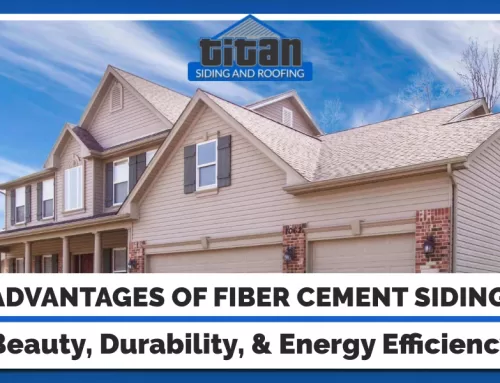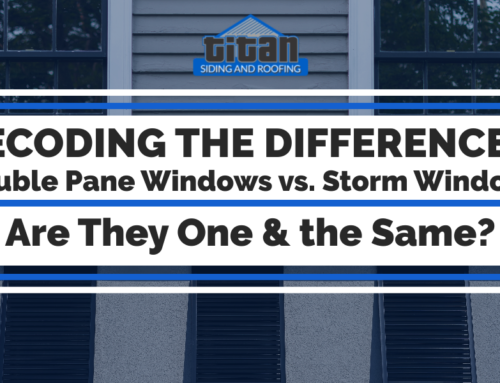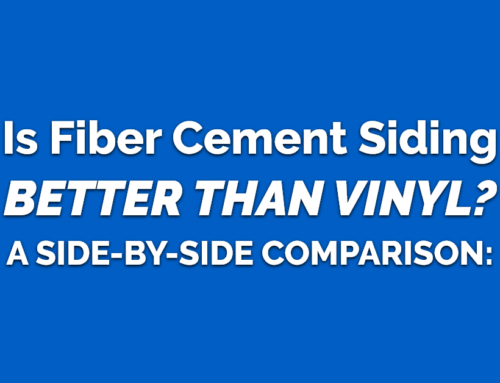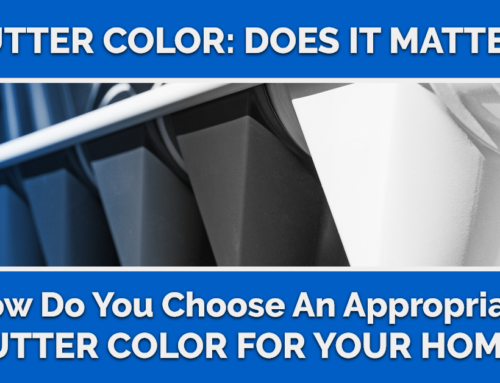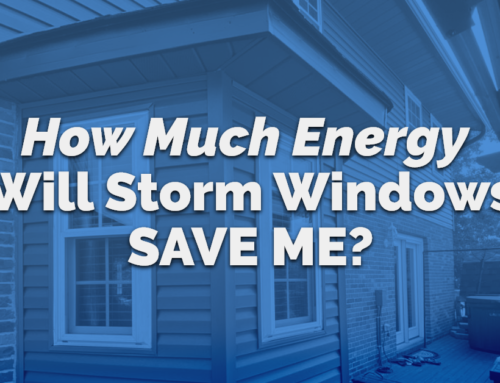Your siding is designed to keep the elements out, add an aesthetic value to your home, and lower your utility bills. When installed properly, most siding materials last for 20 or more years. Over time, even the strongest siding can break down or suffer unexpected damage from extreme weather situations. If this happens, you will need to replace your siding.
Factors Which Affect the Cost of Siding Replacement
The cost of replacing residential siding can vary widely depending on the following factors:
1: The Size Of The House
The cost of siding installation is typically calculated based on the square footage of your house, meaning the more square feet will result in a higher price tag. It goes without saying a smaller house costs less in siding replacement than a bigger one.
2: Architectural Details of the House
If your house has complex architectural details such as gables, many windows, multiple corners, doors, and a chimney, the cost of siding replacement can escalate. The details needed when installing new siding, such as trim, foam backing, corners, drip caps, soffits, fascia, channel supports, and starter supports will also influence the cost of siding replacement.
3: Siding Material
The type of siding material is often the biggest determinant of the overall cost of siding replacement. In most cases, you will have to choose between vinyl, engineered wood, and fiber cement.
Vinyl siding is the most popular option, thanks to its low cost, durability, and ease of maintenance. Engineered wood is more expensive but offers the aesthetics of natural wood. Fiber cement siding offers unmatched durability but is more expensive to install due to the heavy weight.
4: What Goes Underneath the Siding
The material which goes underneath the siding, such as exterior sheathing or underlayment, will affect the overall cost of replacement. Underlayment adds insulation, structural support, and waterproofing to the framing. It also provides a solid surface upon which the siding is nailed. You can choose between plywood and oriented strand board depending on your budget.
5: What Needs to Come Off Your House
In most cases, your siding contractor will need to remove and dispose of your old siding. If your home is a bit old, the process can become much more painful and costly. You might discover damages, such as rotten wood or termite infestation. Such issues will need to be addressed before installing the new siding, which increases the cost of replacement.
6: Future Maintenance Needs
Lastly, you should consider future maintenance needs before settling on a siding material. Modern fiber cement siding offers the look of masonry, wood, or stucco at a lower cost. It has become a popular siding choice for most homeowners as it offers low-maintenance, termite resistance, and non-flammable properties.
Ultimately, the right siding material can last for decades, giving you peace of mind you can’t put a price tag on. If you’re planning to replace your siding in the Greater Cincinnati area, Titan Siding and Roofing is your ultimate partner. Contact us today to schedule a free inspection!


